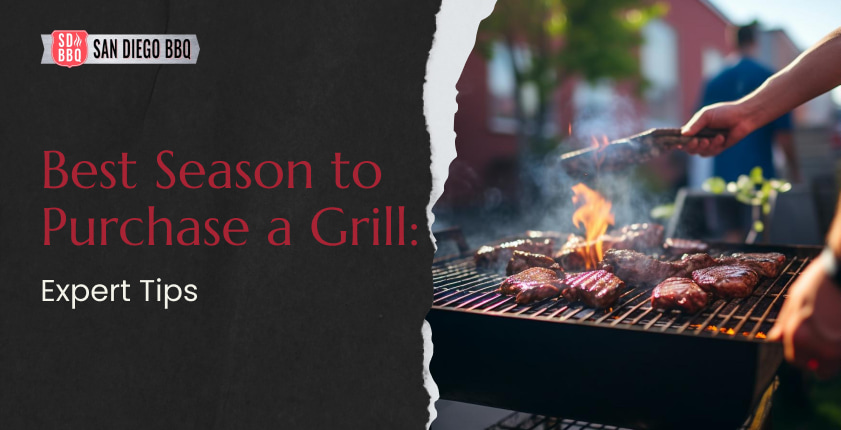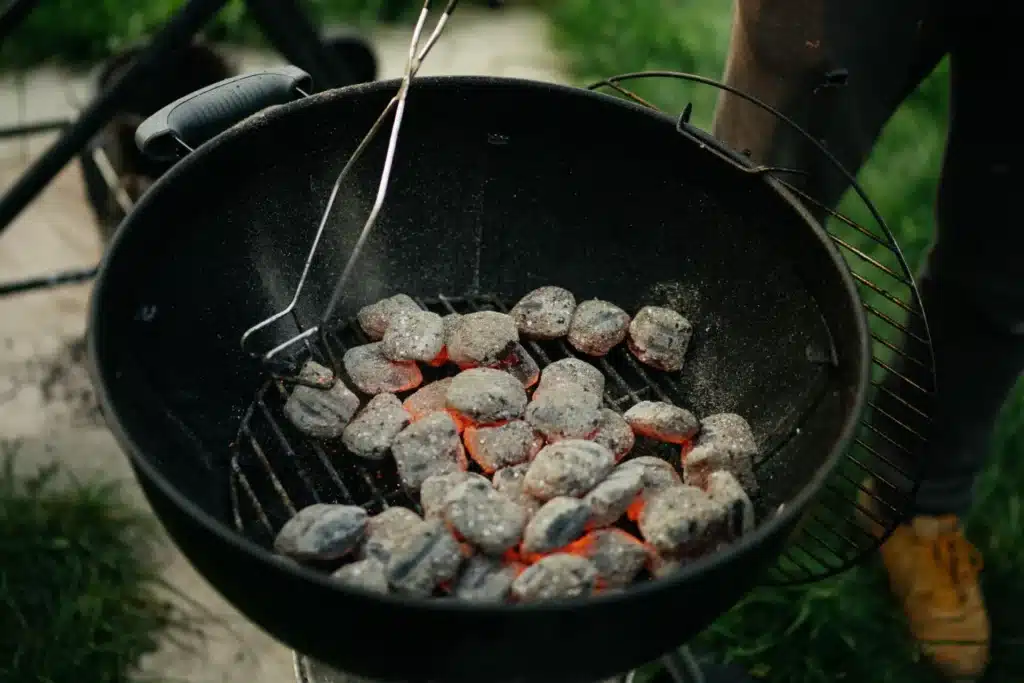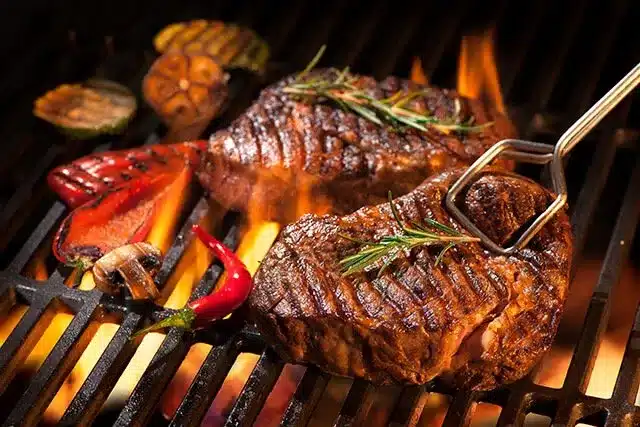Exploring Various Barbecue Styles Across the Globe
Table of Contents
Toggle
Exploring Various Barbecue Styles Across the Globe
Cooking meat is a celebration of culinary heritage, shaped by diverse cooking techniques from around the globe. From the South’s slow-smoked ribs to India’s aromatic tandoori grills, each barbecue style tells a story of tradition, flavor, and community. Explore cooking methods and flavor profiles that define them. Let’s discuss the nuances of types of barbecue grills and their unique ingredients.
Explore the role of grill choice in achieving authentic international flavor with us. The choice of grill can make all the difference in capturing the essence of a tradition. We ignite curiosity and begin a culinary adventure to learn about the differences between BBQ styles. Celebrate the vibrant diversity of barbecue styles across the globe with us.
Understanding Barbecue Varieties Worldwide
The evolution of diverse cultures and traditions has given rise to many grilling styles. Each has its unique characteristics and flavors. Here’s a closer look at the difference between BBQ styles, globally.
|
Country |
Characteristics |
|
American |
USA barbecue is famous for its slow-cooked meats. It encompasses regional variations, including Texas brisket, Carolina pulled pork, and Kansas City ribs. Some dishes may be too spicy for some palates, but sauces can help balance the heat. And we Americans know our sauces! |
|
Asian |
This barbecue encompasses many styles, ranging from Japanese yakitori to Korean bulgogi and Thai satay. Marinades often feature soy sauce, ginger, and garlic, imparting bold flavors to grilled meats and seafood. |
|
South American |
Argentina is famous for “asado.” In Brazil, “churrasco”. These social events center around grilled meats often served with chimichurri or salsa verde. Traditional cuts include beef ribs and picanha, which are popular choices. |
|
Middle Eastern |
“Kebab” features skewered meats marinated in cumin, coriander, and sumac. They are usually grilled over charcoal or open flamesand are often served with flatbread and yogurt-based sauces. |
|
Oceanic |
In the Pacific Islands, barbecue takes on a unique flair with dishes such as Hawaiian kalua pig and Maori hangi. Pit-roasting and earth ovens impart smoky flavors to meats and vegetables. |
Each barbecue style reflects its respective region’s cultural preferences and culinary heritage. These differences between BBQ styles highlight and celebrate the rich diversity of global cuisine.
American BBQ Slow and Smoky Traditions
Here, the low-and-slow cooking technique reigns supreme. This culinary tradition spans our great nation and each region boasts its unique take on smoked meats:
- Texas: Brisket is king in Texas–slow-cooked to perfection over offset smokers for that signature smoky flavor.
- Kansas City: Known for its diverse range of meats, the City of Fountains love ‘em every which way; from ribs to burnt ends, all cooked in pit smokers and slathered in a tangy sauce.
- Memphis: Famous for its dry-rubbed ribs which are cooked in charcoal grills. Don’t forget the soulful music.
- North Carolina: Split between vinegar-based sauces in the east and tomato-based ones in the west. Both regions excel in pork cooked over wood-fired pits.
- South Carolina: Mustard-based sauces dominate the Palmetto State. Often accompanied by slow-cooked pork on drum smokers for a flavor-packed experience.
Explore the nuances of these regional variations and savor the diverse flavors. Heck, try them out on any types of BBQ grills.
Caribbean Flavors Spicy and Vivid Grilling
Caribbean grilling ignites the senses with its fiery and lively flavors, embodying the vibrant spirit of the islands. Essential techniques employed in Caribbean grilling tantalize taste buds with their vivid essence. It’s like your grill took a vacation to the Caribbean and came back with a spicy souvenir!
Patience is key, and life is slow as meats, seafood, and vegetables are extensively marinated. They soak in a medley of Scotch Bonnet peppers, allspice, and aromatic herbs like thyme. These marinades, often featuring citrus juices and garlic, infuse the ingredients with layers of flavor.
Direct grilling over high heat is a hallmark of Caribbean cuisine, utilizing different types of grills. It creates tantalizing char marks while sealing in succulent juices. The choice of grills further enhances the experience, with each type offering its unique flare.
|
Barbecue Grill |
Description |
|
Drum |
Drums are barrel-shaped and efficient in heat retention. They impart a smoky depth to grilled dishes. |
|
Hibachi |
Portable and versatile, Hibachi grills are perfect for beachside gatherings and allow for direct grilling over charcoal or wood. |
|
Open Pit |
Open pits are rustic and traditional grills dug right into the ground to provide an authentic smoky flavor. |
Whether it’s the lively vibes of a beachside cookout with reggae beats in the background or the mouth-watering aromas wafting from jerk chicken sizzling on open pit grills, Caribbean grilling is a culinary journey rich in island spices, bold flavors, and cherished traditions. Imagine the zest of Scotch bonnet peppers, the smoky essence of pimento wood, and the irresistible allure of a perfectly grilled plantain—it’s a feast that transports you straight to the heart of the Caribbean.
Choosing the Right Grill for Different BBQ Styles
When aiming to replicate various global BBQ styles, selecting the right types of barbecue grills is essential. Here’s a breakdown:
- Charcoal: Perfect for authentic American BBQ, offering a smoky flavor and versatility for slow-cooking ribs or brisket.
- Gas: Ideal for convenience and quick cooking, making it great for Mediterranean-style grilling like kebabs and seafood.
- Pellet: Provides excellent temperature control, ideal for replicating Southern BBQ flavors like smoked pork shoulder or ribs.
- Kamado: Versatile for both high-heat grilling and low-and-slow smoking, suitable for Japanese yakitori or Korean bulgogi.
- Electric: Great for indoor cooking or places with restrictions on open flames. It is suitable for Brazilian churrasco or Japanese teppanyaki.
Consider several factors when choosing the best type of BBQ grill for your culinary needs, including flavor preferences, cooking time, temperature control, and portability. With these in mind, you’ll make the right choice.
Charcoal vs Gas Grills Pros and Cons
Understanding the pros and cons of charcoal vs. gas grills is key. Here’s a comparison to help you decide:
|
Aspect |
Charcoal Grill |
Gas Grill |
|
Flavor |
Intense smoky flavor, enhances authenticity |
Less smoky flavor, but clean taste |
|
Temperature Control |
More challenging to control temperature, requires practice |
Easy to control with precise knobs, consistent heat |
|
Convenience |
Longer setup time, requires charcoal and lighting |
Quick startup, no need for charcoal or waiting for coals to heat up |
|
Versatility |
Ideal for high-heat searing and low-and-slow smoking |
Suitable for various cooking methods. They include grilling and roasting |
|
Portability |
Bulkier and heavier due to charcoal and ash |
Typically lighter and easier to move |
|
Maintenance |
More cleanup required due to ash and charcoal residue |
Less cleanup, no ash or charcoal to dispose of |
|
Cost |
Initial cost is lower, but ongoing expense for charcoal and starters |
Higher upfront cost, but lower ongoing expenses due to gas refills |
To achieve authentic flavors with different types of barbecue grills:
- Charcoal: Best for styles that demand intense smoky flavors, such as American BBQ, Argentine asado, or Jamaican jerk. The smoky essence from charcoal enhances the authenticity of these dishes.
- Gas: Ideal for styles that need precise temperature control and convenience, like Mediterranean grilling or Korean BBQ. Gas grills offer consistent heat, making them suitable for quick-cooking or delicate dishes.
Take all these factors into account to choose the best type of BBQ grill for your needs.
Specialty Grills and Their Uses
Specialty grills like pellet and kamado grills offer unique features. They cater to specific grilling needs and contribute to diverse global barbecue practices. Among their features are:
- Pellet: They utilize wood pellets as fuel. They provide a convenient way to achieve precise temperature control. They are highly versatile, allowing for both grilling and smoking techniques. Pellet grills are particularly favored for replicating the flavors of Southern BBQ. Among them are slow-smoked meats like ribs and brisket. There, maintaining a consistently low temperature is crucial for hours of smoking.
- Kamado: They are generally inspired by ancient Japanese cooking methods. One of the best types of BBQ grills is usually made of ceramic material. It retains heat efficiently. These grills excel in both high-heat grilling and low-and-slow smoking, making them suitable for a variety of global barbecue styles. In Japanese cuisine, kamado grills are often used for yakitori, which is generally skewered meat cooked over high heat. In Korean barbecue, kamado grills contribute to the authentic char-grilled flavors of bulgogi and galbi.
These specialty grills offer unique advantages, enhancing the authenticity and flavor profiles of various barbecue styles. By considering the features of different types of barbecue grills, you can elevate your culinary experience.
The Impact of Grill Type on Flavor and Technique
Choosing the right type of grill significantly impacts cooking techniques and flavor outcomes in barbecue practices. Here’s how different types of barbecue grills make a difference:
- Charcoal: Imparts a distinct smoky flavor due to the combustion of charcoal and wood chips. Cooking on charcoal grills often involves indirect heat for slow smoking or direct heat for searing. The smokiness adds depth to ribs and brisket, enhancing the overall flavor profile. Standard charcoal grills create smoke zones or use wood chunks for flavor infusion.
- Gas: Known for their convenience and ease of use, gas grills offer precise temperature control. These different types of barbecue grills are versatile for various techniques, including direct grilling, indirect cooking, and even smoking, with the addition of smoker boxes. Gas grills provide a clean, consistent heat, making them ideal for quick-cooking and delicate dishes.
Matching different types of barbecue grills can elevate culinary experiences:
- Charcoal: Ideal for styles that prioritize smoky flavors, such as American BBQ, Argentine asado, or Jamaican jerk. Its intense smokiness complements rich, hearty meats and adds authenticity to traditional barbecue dishes.
- Gas: Suitable for styles that require precise temperature control and quick cooking, such as Mediterranean grilling or Japanese teppanyaki. They offer versatility for various techniques and are perfect for dishes that benefit from even heat distribution.
Exploring the influence of types of BBQ grills on flavor and technique is so interesting. It empowers barbecue enthusiasts to get creative and let their juices really start flowing–it doesn’t matter whether it’s intense smokiness or precise control over cooking temperatures.
San Diego’s Take on Global Barbecue Styles
In San Diego, local chefs adeptly blend international barbecue methods. They create a unique culinary landscape that celebrates diverse flavors worldwide.
Local San Diego chefs draw inspiration from global cuisine and different types of grills, infusing them with innovative twists. For example, you can find Mexican-style carne asada, typically cooked over an open fire on traditional charcoal grills, reminiscent of street vendors in Mexico City. Meanwhile, Pacific Rim influences are evident in dishes like Korean barbecue short ribs, grilled on gas grills, showcasing the city’s vibrant multicultural fusion.
San Diego hosts various events and venues where anyone can experience world-class barbecue:
- San Diego BBQ Fest: This annual event brings together barbecue enthusiasts. It is famous for pitmasters from around the globe. Visitors can indulge in an array of barbecue styles from Texas brisket to Jamaican jerk chicken. Mmm, did we mention that these dishes are always cooked on different types of BBQ grills?
- Local Breweries and Brewpubs: Many breweries and brewpubs in San Diego host barbecue nights featuring a rotating selection of global flavors. Whether it’s an Argentine asado with grilled steaks and sausages or an Indian tandoori night with spiced chicken and vegetables cooked over open flames, these venues offer a diverse barbecue experience that caters to all tastes.
- Food Trucks and Pop-Up Events: San Diego’s vibrant food truck scene often features global barbecue flavors. From Brazilian churrasco to Japanese yakitori, these mobile eateries bring international barbecue delights to local neighborhoods
Embracing different types of grills and drawing inspiration from global traditions enriches the culinary experience. As a result, San Diego’s culinary scene showcases a rich tapestry of flavors, reflecting the city’s diverse cultural influences.

Co-Founder of SDBBQ®
Blake is a true grill guru. Known as a walking encyclopedia of grills, Blake’s deep knowledge and hands-on expertise ensure every grill he touches operates flawlessly, bringing BBQ dreams to life.





